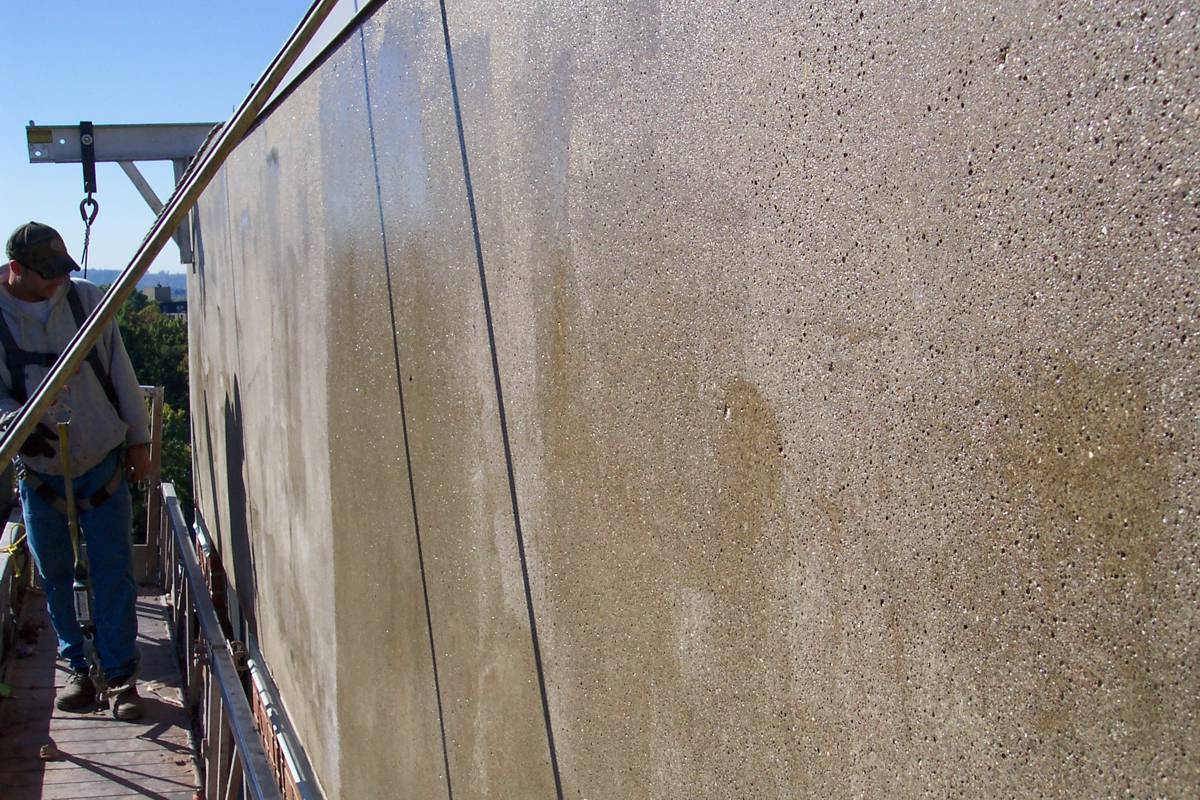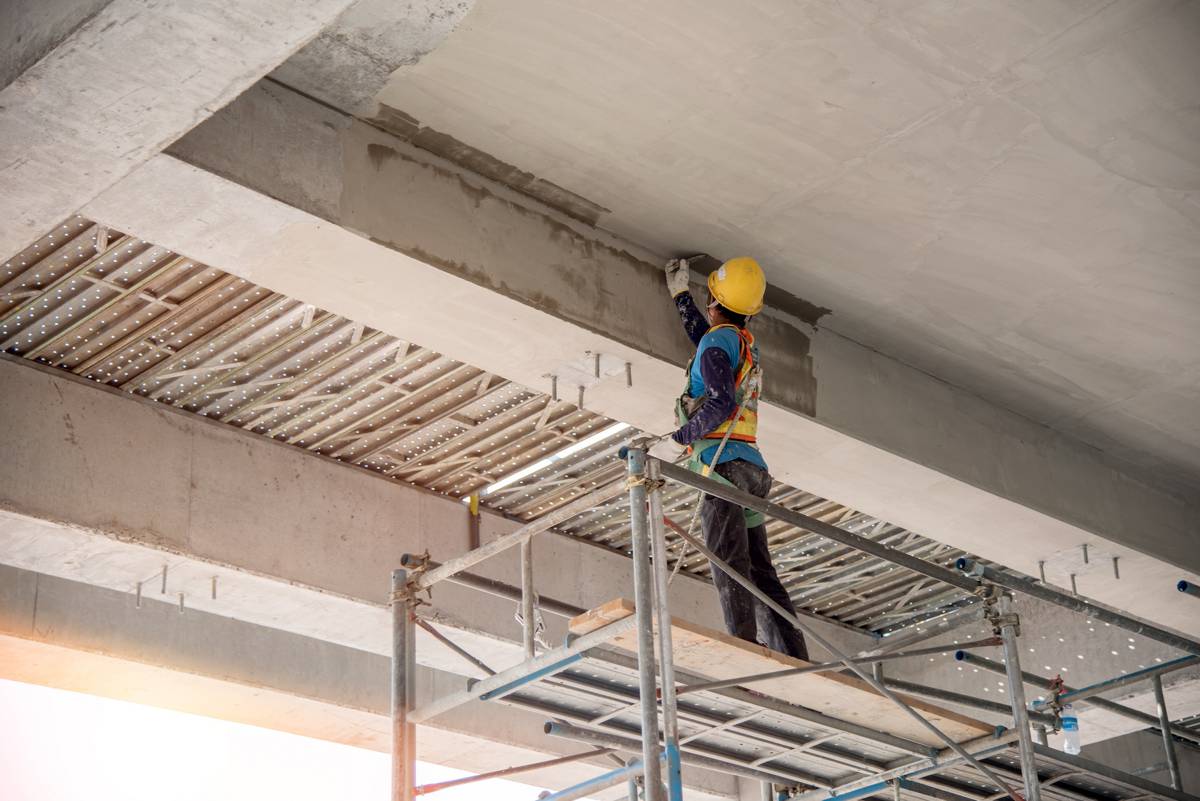New 100 percent Silane Penetrating Water Repellent protects Concrete Surfaces
Water repellents play an important role in concrete maintenance and corrosion protection by blocking out certain corrosives and keeping in Migrating Corrosion Inhibitors.
Because water repellents are sometimes applied alone or in conjunction with other concrete surface treatments, Cortec® has recently expanded its MCI® portfolio to include MCI®-2018 X, a 100% silane penetrating water repellent for concrete surfaces.
Water Repellent for Concrete
MCI®-2018 X is MCI®-2018 minus the Migrating Corrosion Inhibitors. Its primary function is to line concrete substrate pores with a hydrophobic layer that reduces the ingress of moisture, chlorides, and carbonation, thus extending the service life of the structure.
If applied after a penetrating SACI (surface applied corrosion inhibitor), MCI®-2018 X prolongs the protection period of the corrosion inhibitor. MCI®-2018 X allows the surface to stay fully breathable and retain its original appearance.

Solving the SACI/Water Repellent Dilemma
In the past, MCI® customers sometimes faced the dilemma of whether to apply MCI®-2020 to get the highest concentration of MCI® SACIs on the market or whether to take advantage of the benefits of the two-in-one MCI®-2018 water repellent with a lower concentration of Migrating Corrosion Inhibitors.
While an even better option was to apply MCI®-2018 on top of MCI®-2020 for maximum protection, this could easily fall outside the project scope and budget. Now, if MCI® users want the high concentration of MCI®-2020 with only a water repellent on top, they can order MCI®-2018 X along with MCI®-2020 and be done with their search for a supplementary product.
When and Where to Use MCI®-2018 X
MCI®-2018 X can be used for routine maintenance every 5-10 years or used as part of the finishing touches to a concrete repair. Because it does not change the substrate’s appearance, MCI®-2018 X is a great option for historical restorations.
As a silane water repellent, MCI®-2018 X has smaller molecules and adsorbs better into concrete than siloxane blends that can cause puddling, making MCI®-2018 X better for areas where slippage is a concern (e.g., steps, parking garage floors, and bridge decks). Other target applications include commercial buildings, tunnels, jetties/piers, and offshore oil platforms (non-submerged applications).
MCI®-2018 X is also a good option for contractors who do not want to or need to pay extra for a corrosion inhibitor because their only purpose is to repel water on brick or stone surfaces that do not have underlying metal reinforcement.

How to Apply MCI®-2018 X
MCI®-2018 X can be applied by spray, roll, or brush to a clean concrete surface with a CSP 1-3 surface profile (per ICRI guidelines). As noted, MCI®-2020 may be applied first for additional corrosion protection.
After a repair, fresh concrete should be allowed to cure 28 days before application of MCI®-2018 X. A dry surface is preferred for maximum penetration, although the second coat of MCI®-2018 X should be applied wet-on-wet over the first coat for best results.
A Customized Approach to Concrete Protection
The addition of MCI®-2018 X to the Cortec® portfolio helps contractors take a more customized approach to their selection of MCI® concrete surface treatments by adding a stand-alone water repellent to their concrete maintenance/repair kit.
Used alone or in conjunction with MCI®-2020, MCI®-2018 X may be the logical choice to meet certain project protection and budget parameters.




















